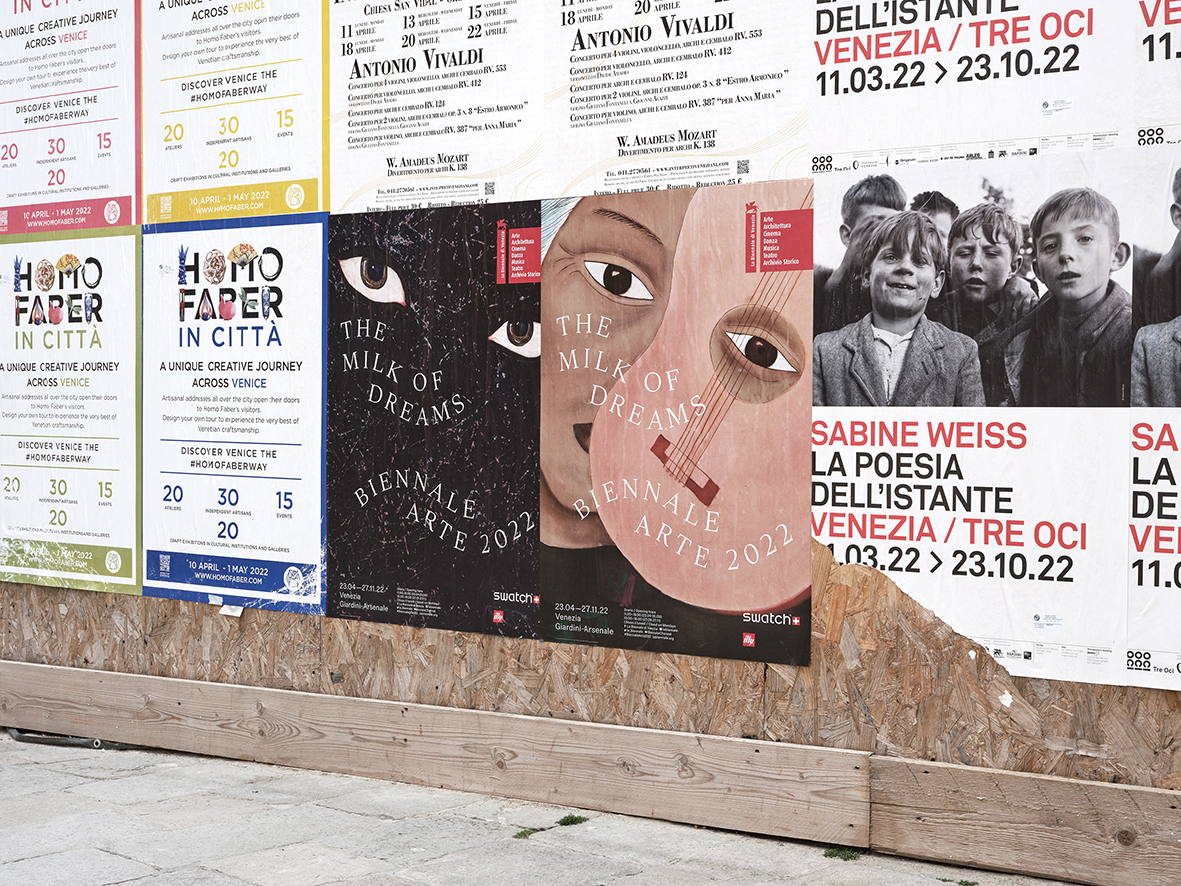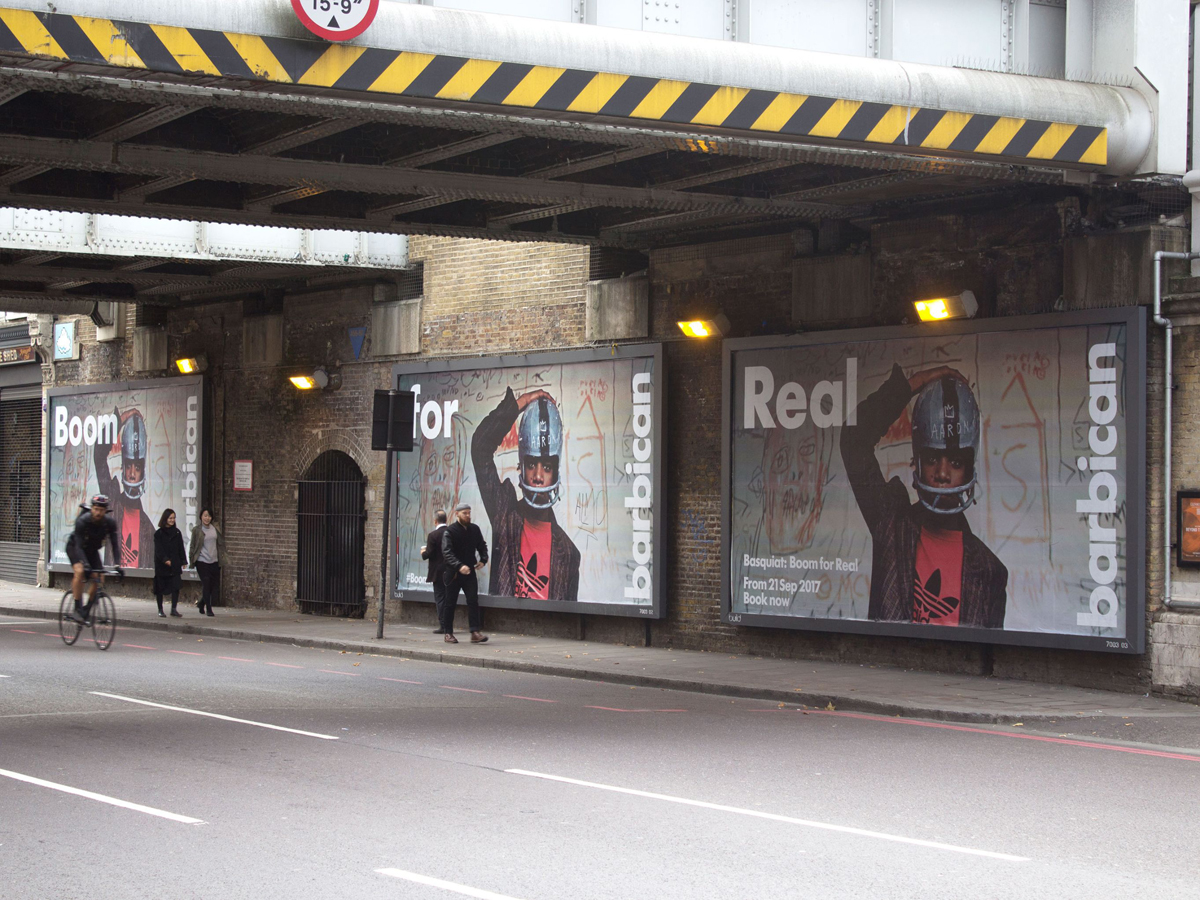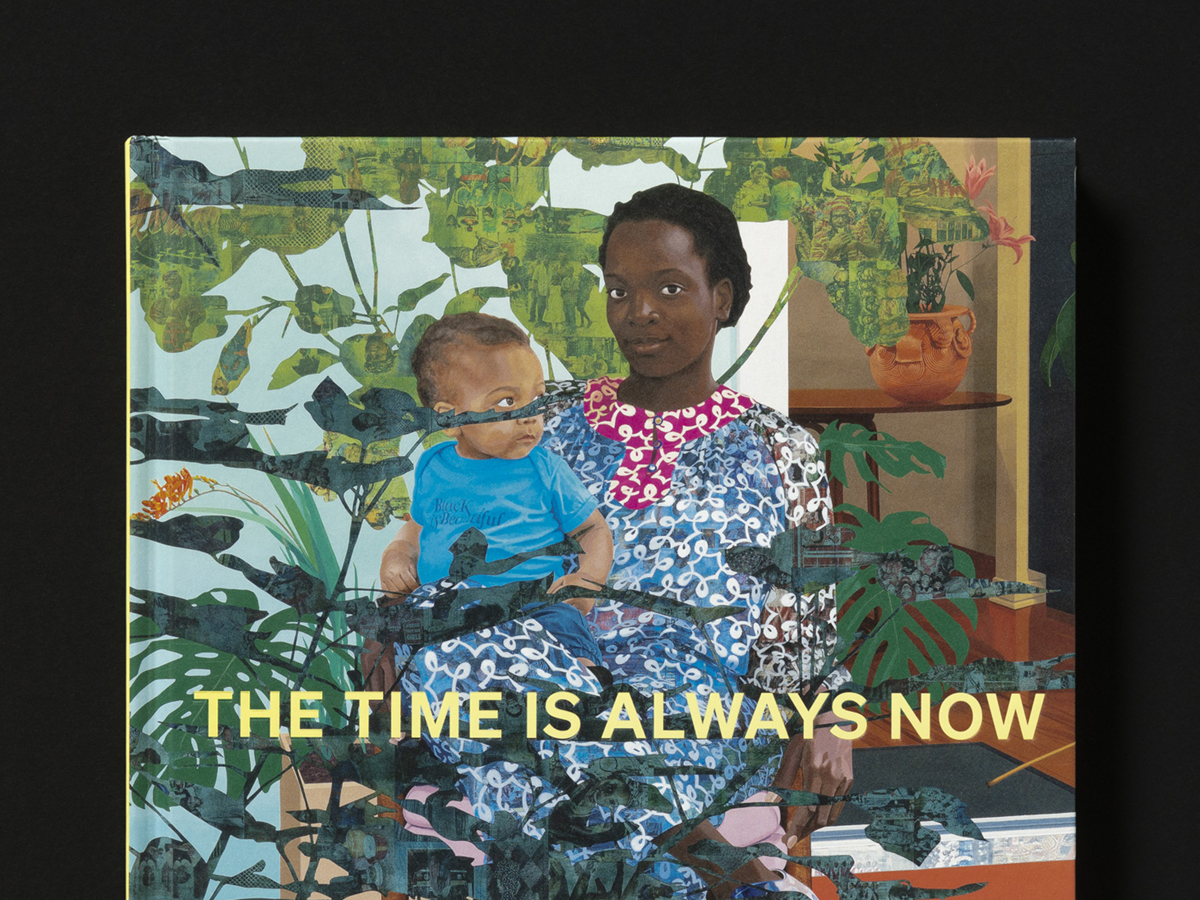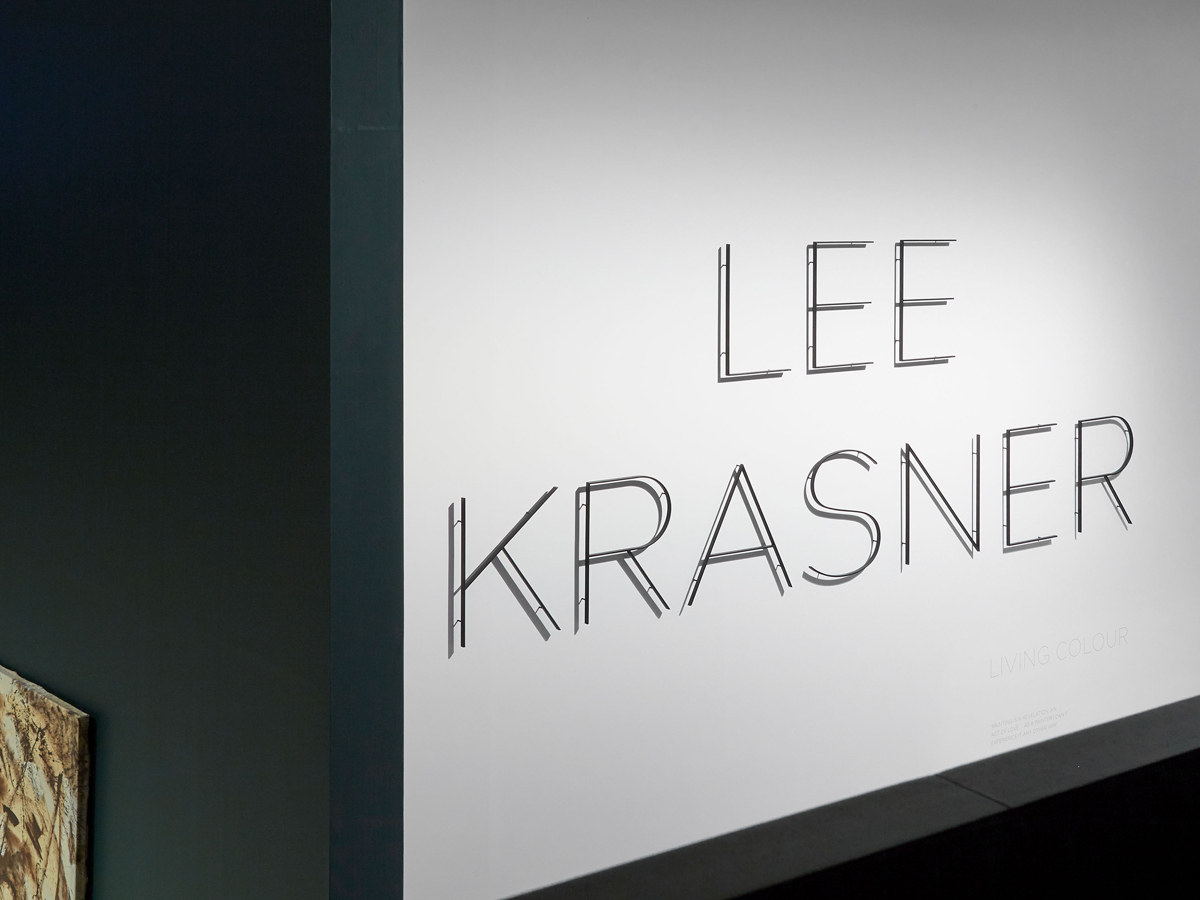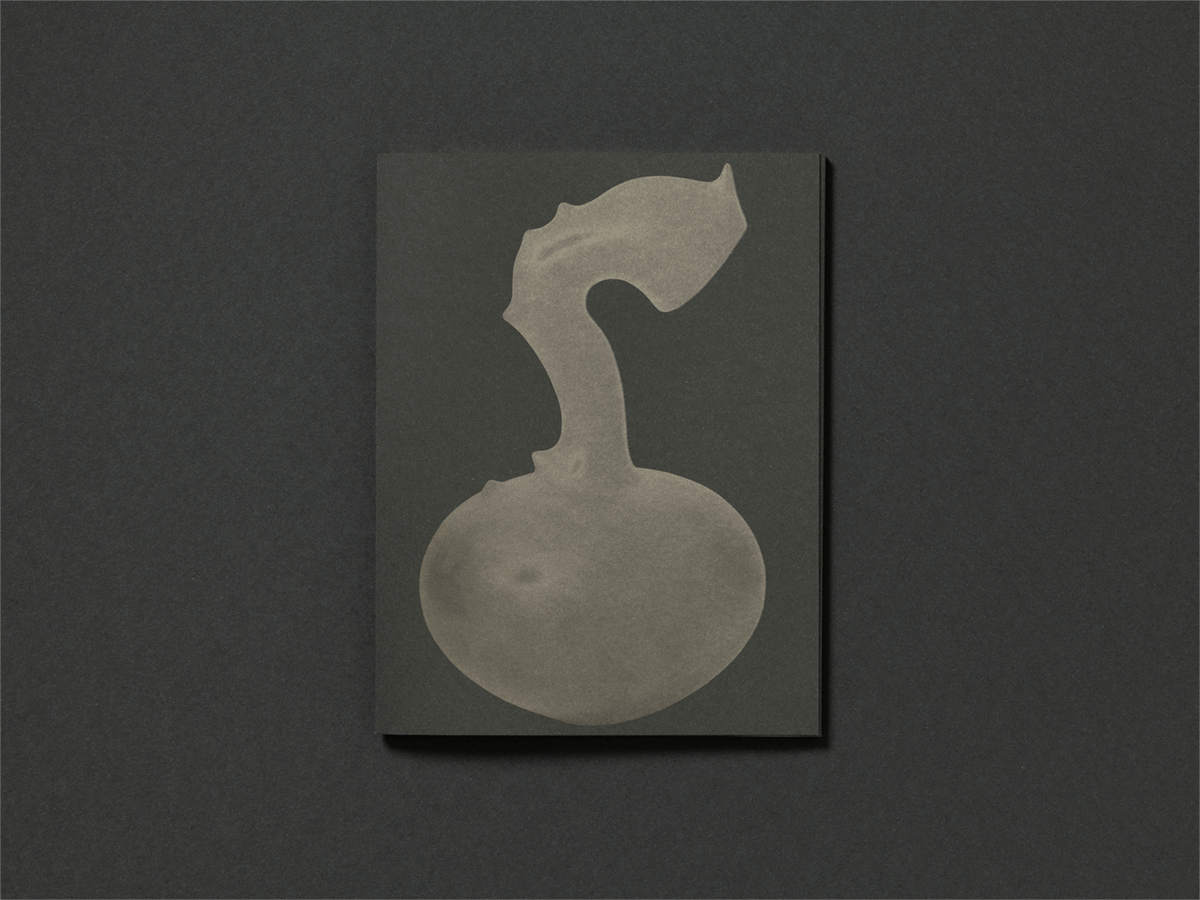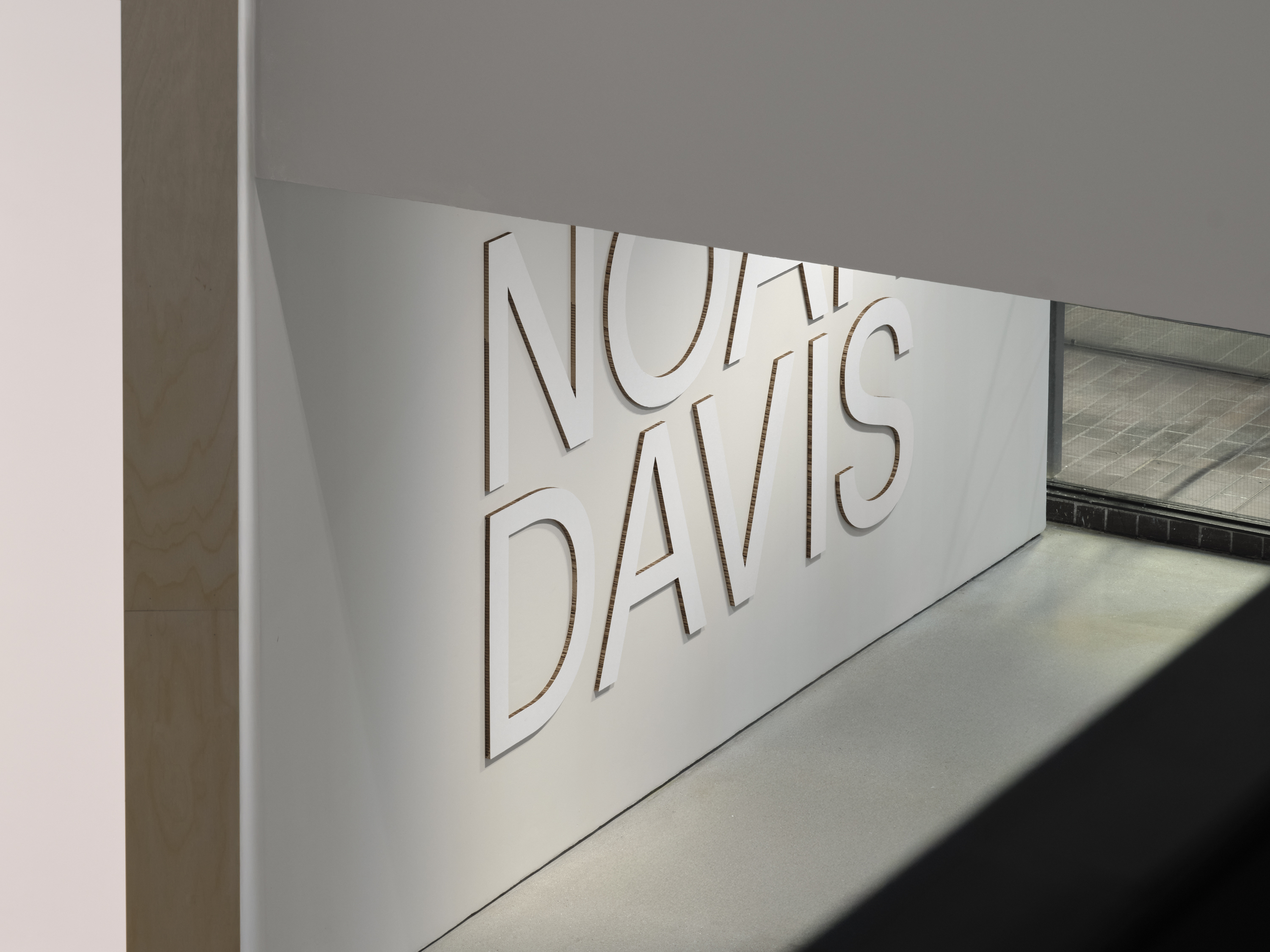
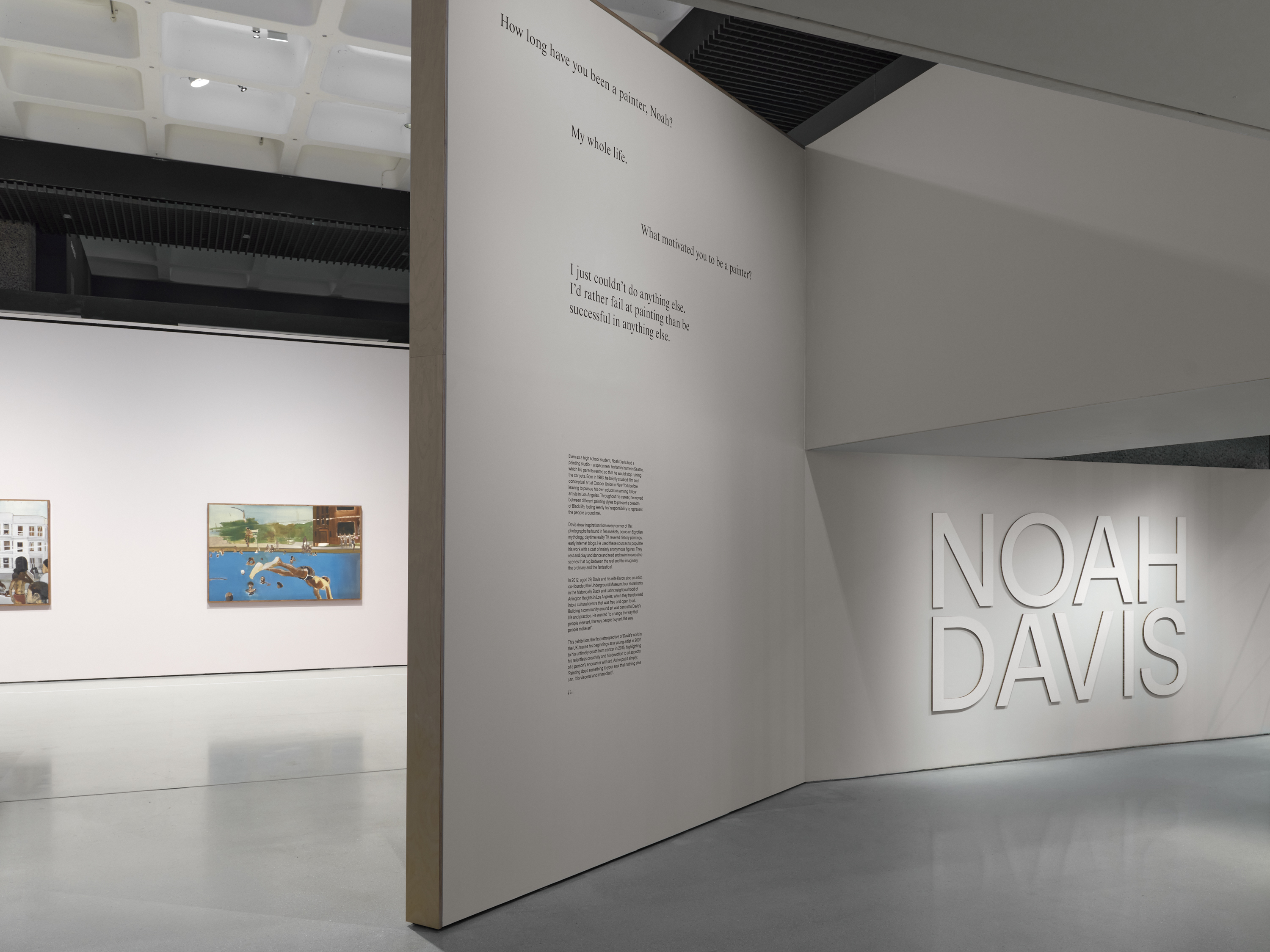


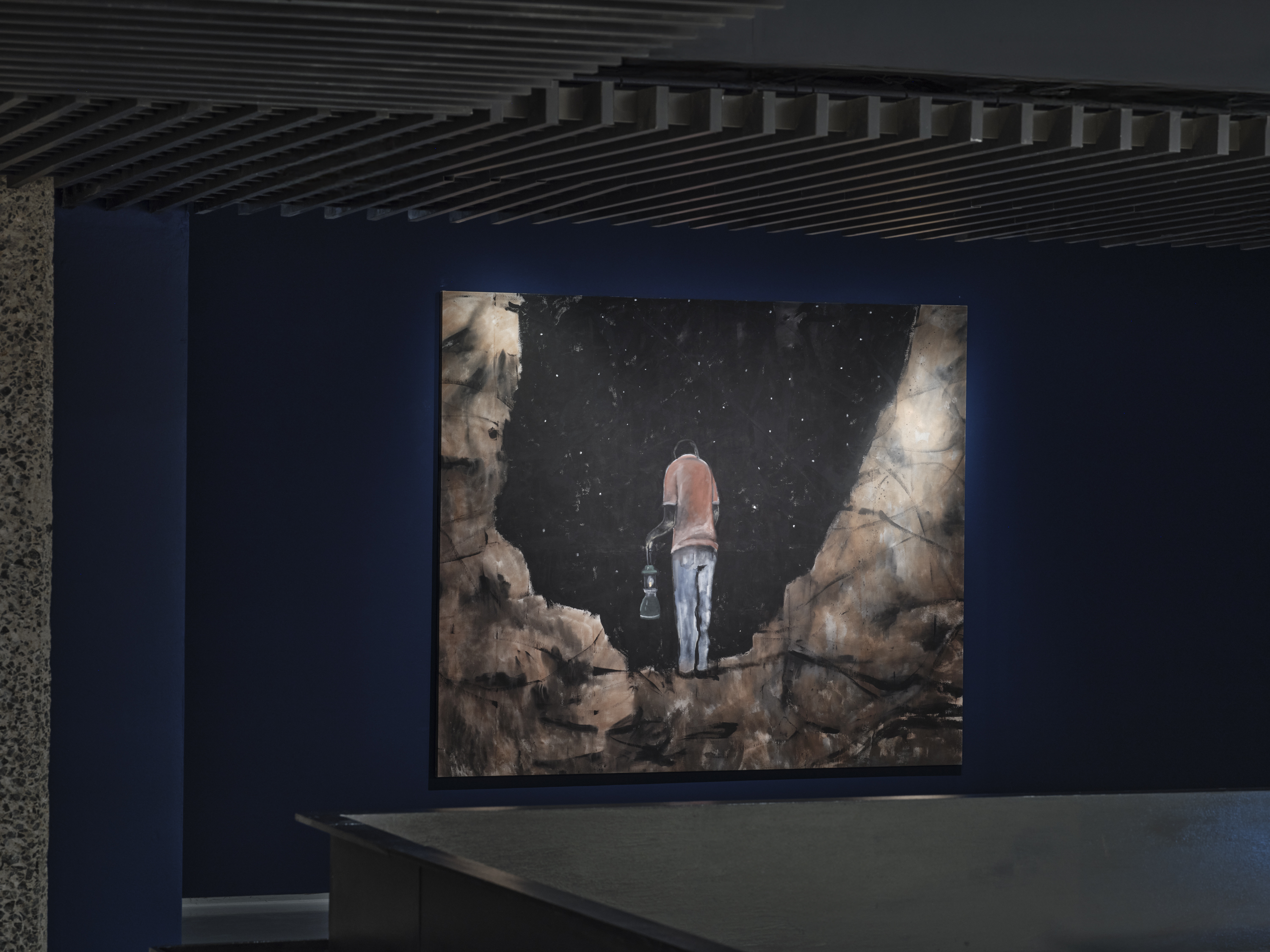
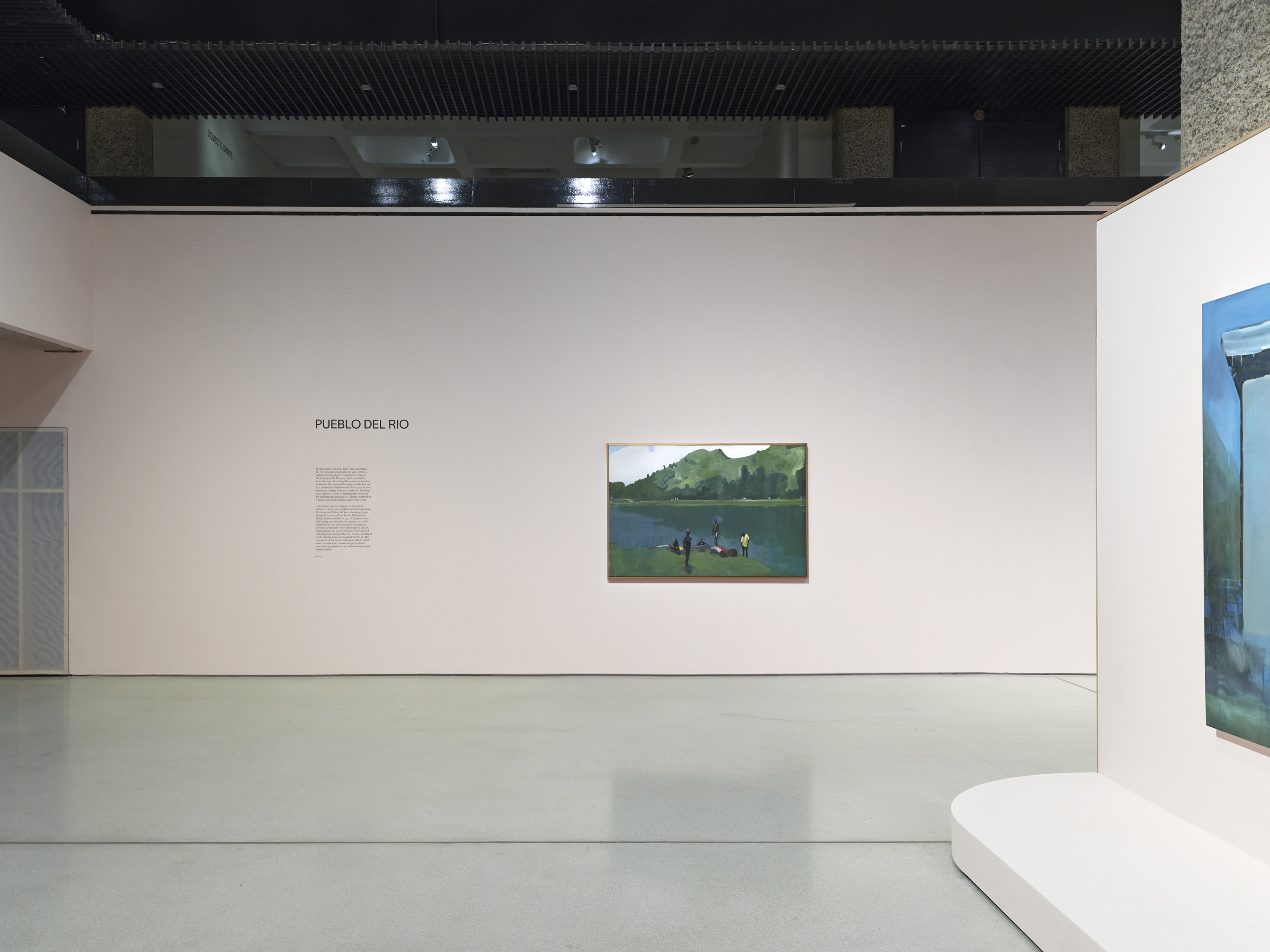

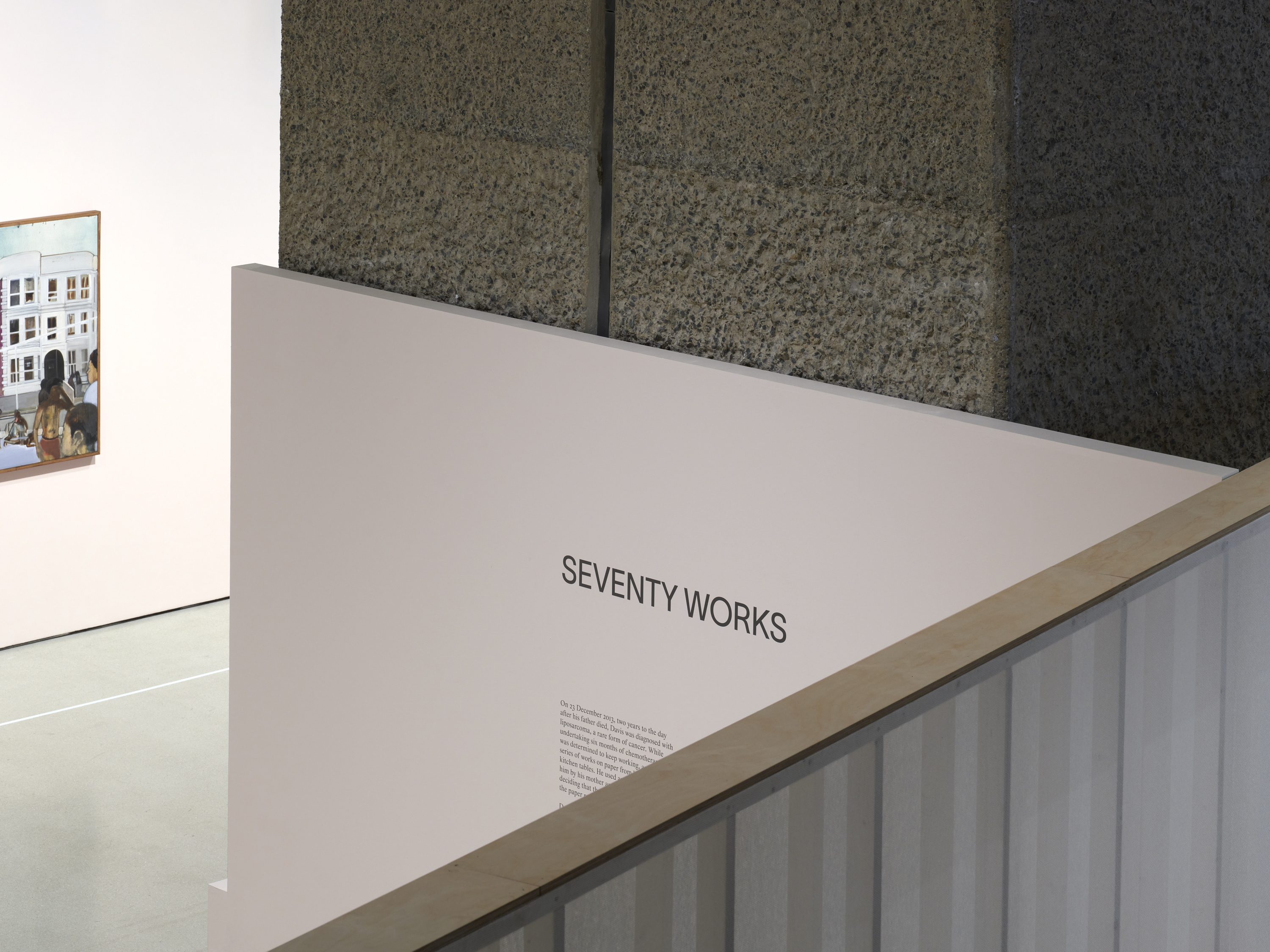
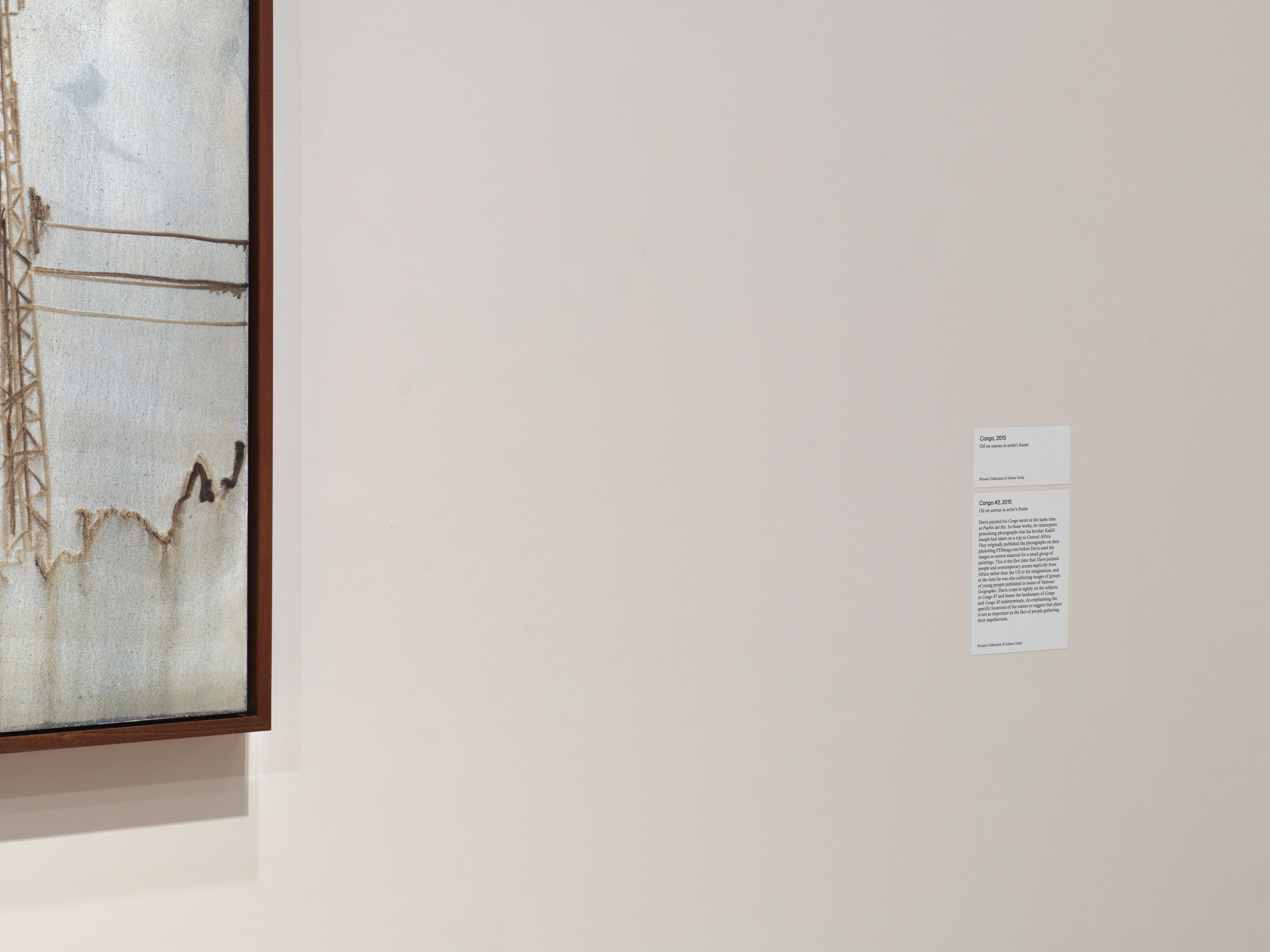
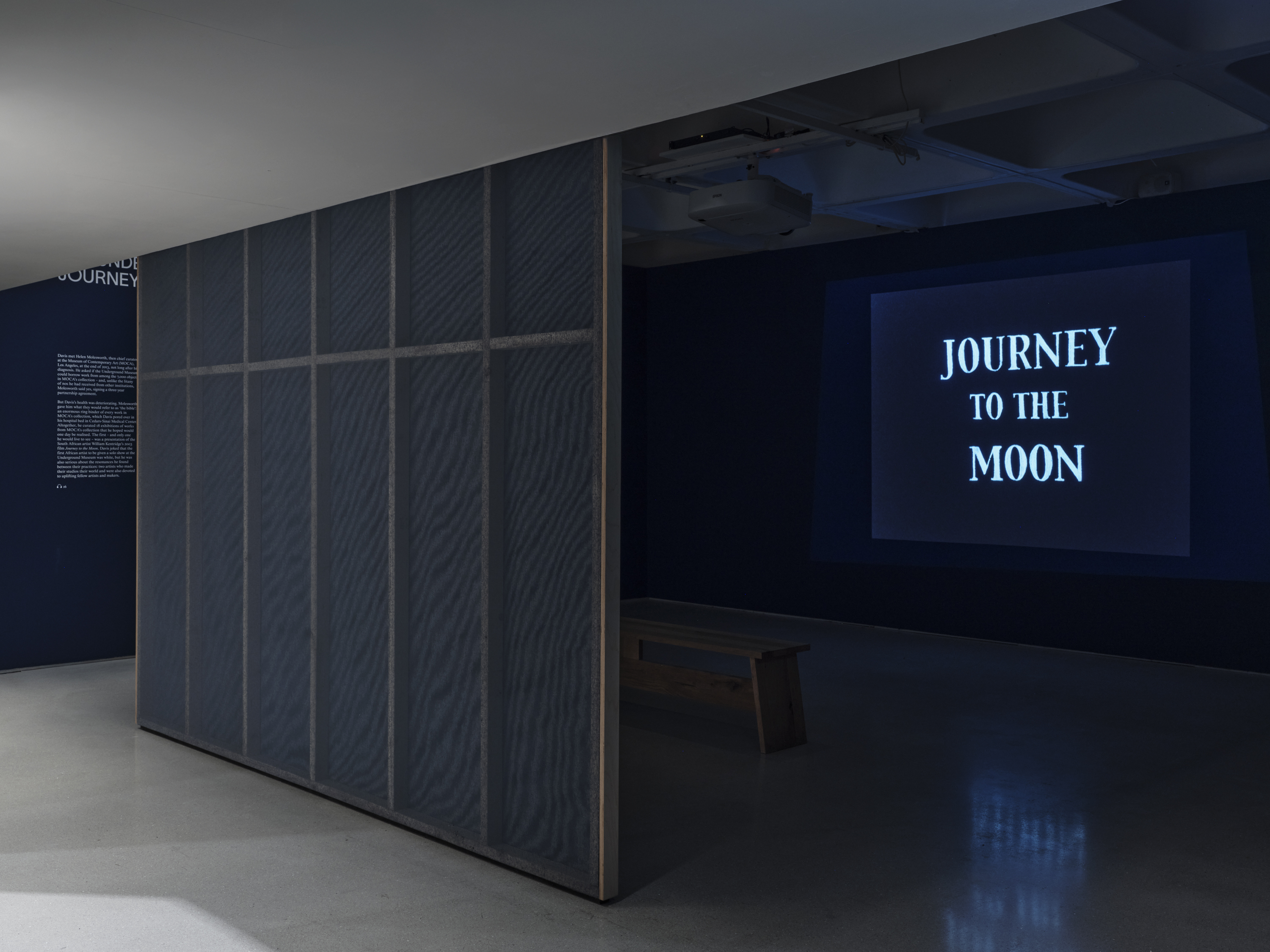

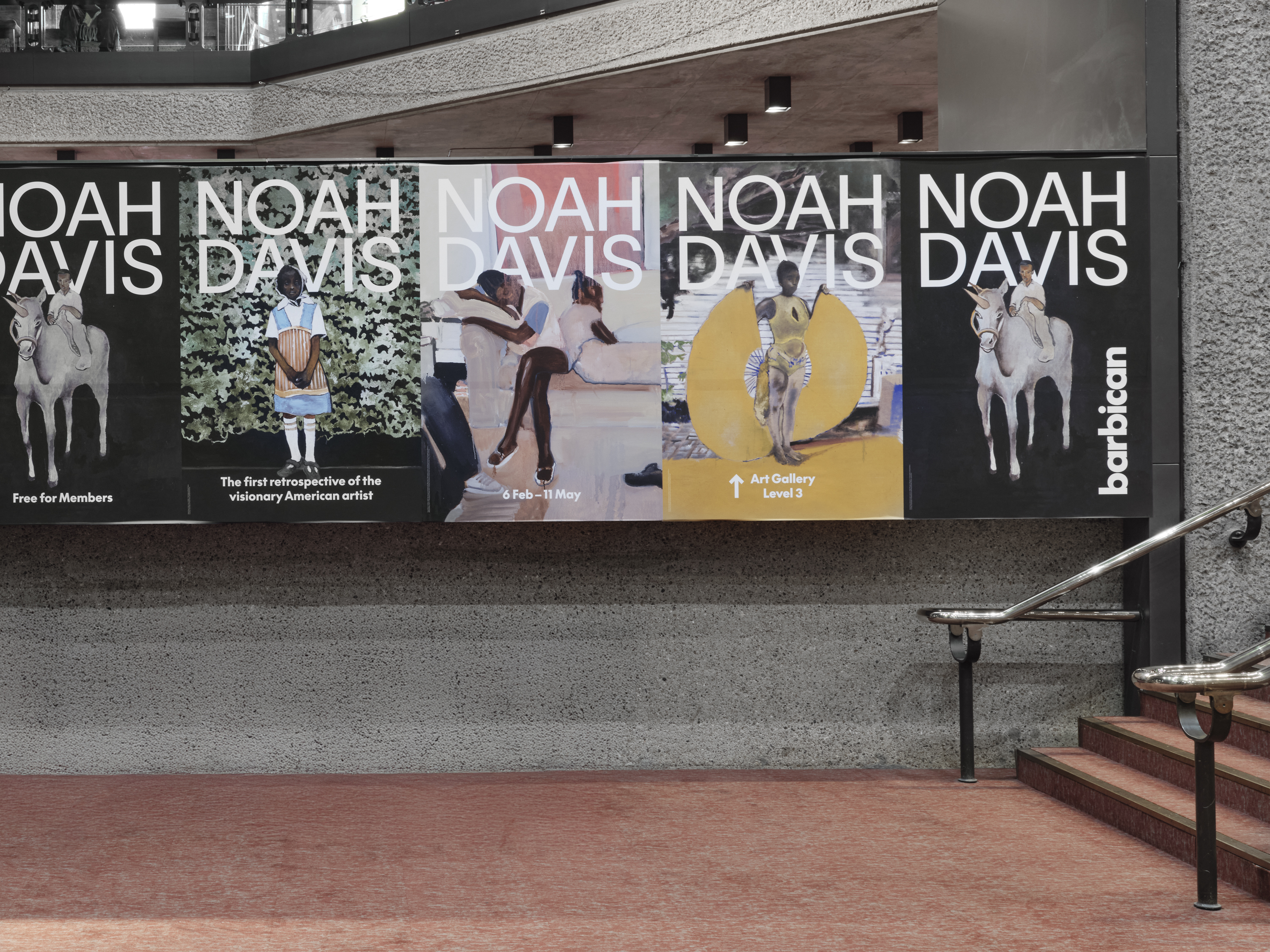
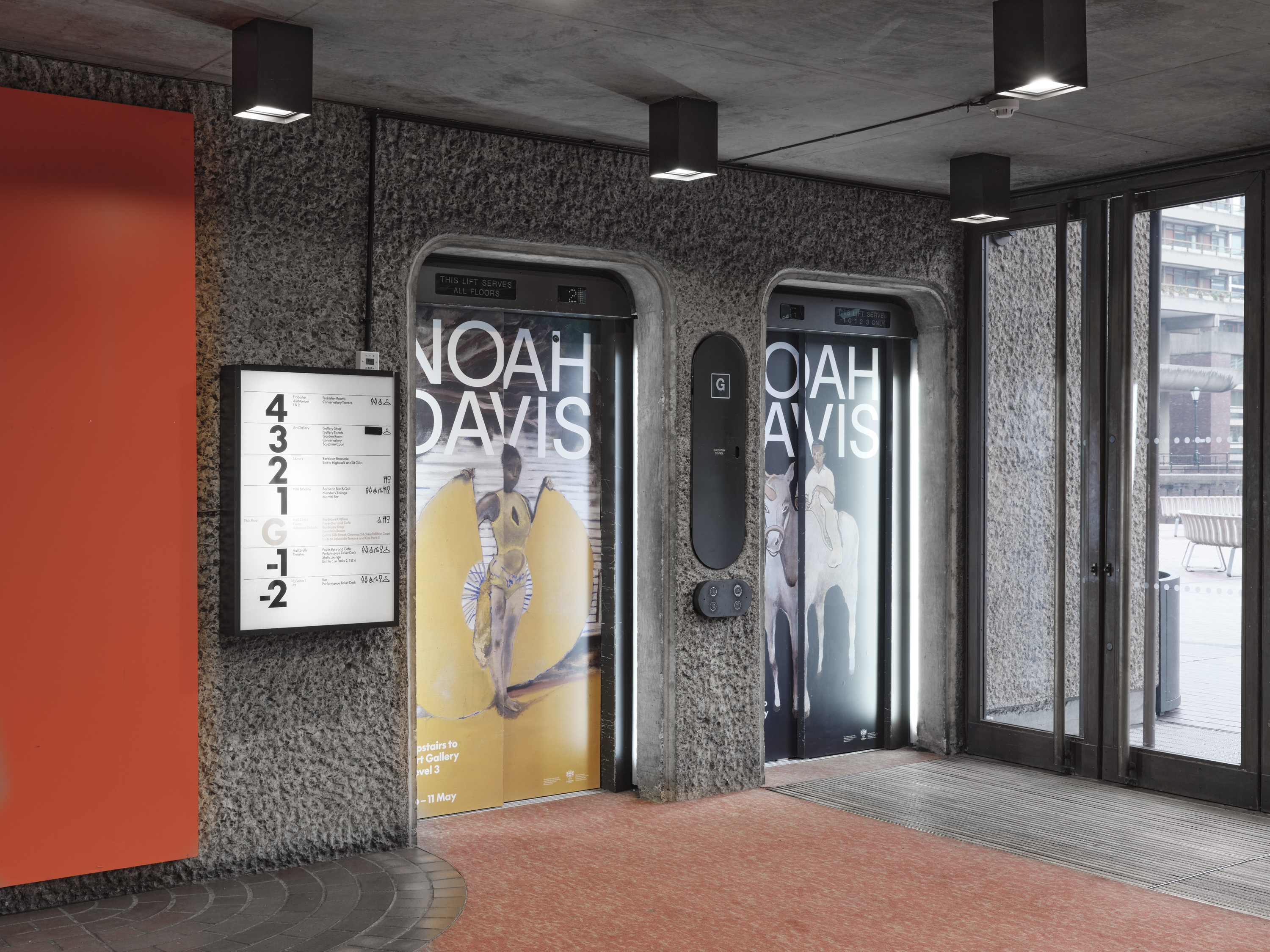
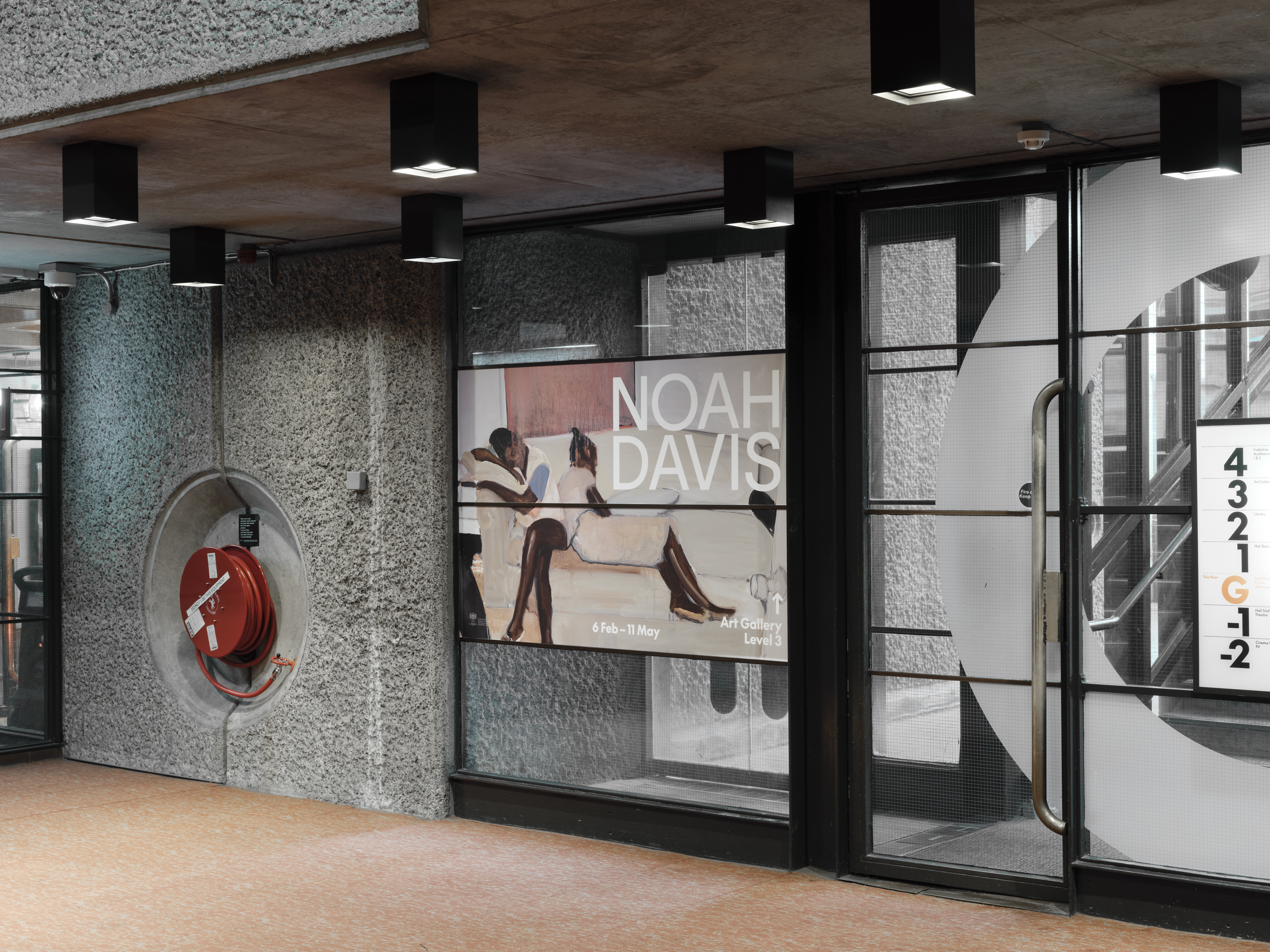
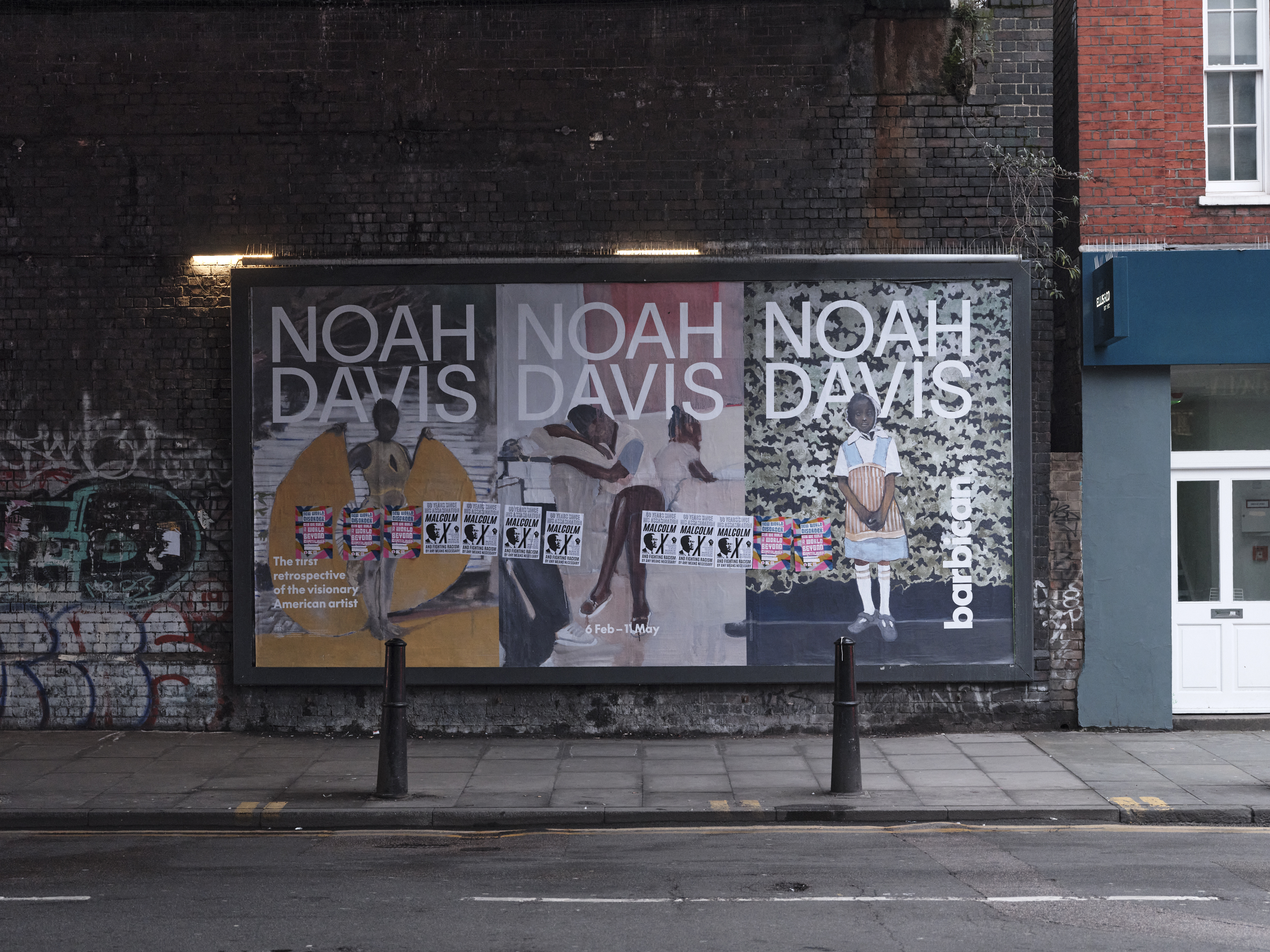
The first institutional retrospective of the late American artist Noah Davis brings together over 50 works, including paintings, sculptures and works on paper. It surveys the breadth of his practice – not simply as a painter, but also as a curator and co-founder of the Underground Museum in Los Angeles. Known for his distinctive approach to painting, Davis’s work combines elements of representation and abstraction, drawing from both historical and contemporary influences to depict everyday Black life in a manner that transcends specific periods of time.
The exhibition design embraces a handcrafted, materials-conscious approach, creating an atmosphere that reflects Davis’s own sensibilities. Solid walls dissolve into a translucent gauze framework, echoing the shifting light and open skies of Los Angeles, where Davis lived and worked.
The show opens with a projected slideshow of personal images, mirroring the way in which Davis used ephemera and familial source material to explore both personal and collective narratives in his work. The entrance title, constructed from large, cut letters of white-faced cardboard repurposed from recycled boxes, nods to the DIY ethos of the Underground Museum. A contemporary sans-serif typeface contrasts with this raw materiality, its impact subtly heightened by a shift in colour. Exhibition texts are screen-printed directly onto the walls, lending a tactile quality that echoes the human touch behind Davis’s work.
The exhibition travels to four institutions across 2024–26: Barbican Centre, London; Das Minsk, Potsdam; The Hammer Museum, Los Angeles; and Philadelphia Museum of Art.
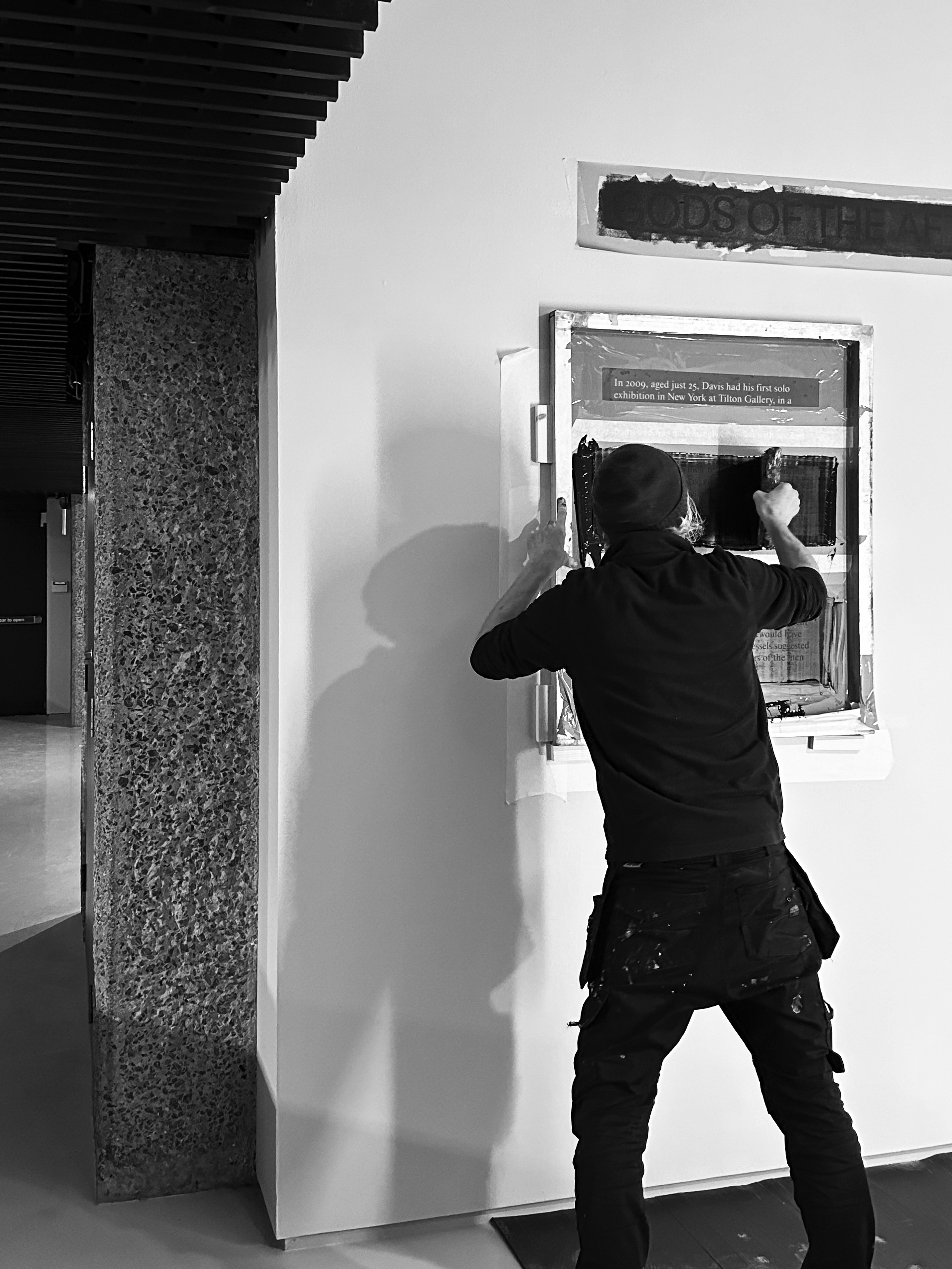
Photography: Thomas Adank
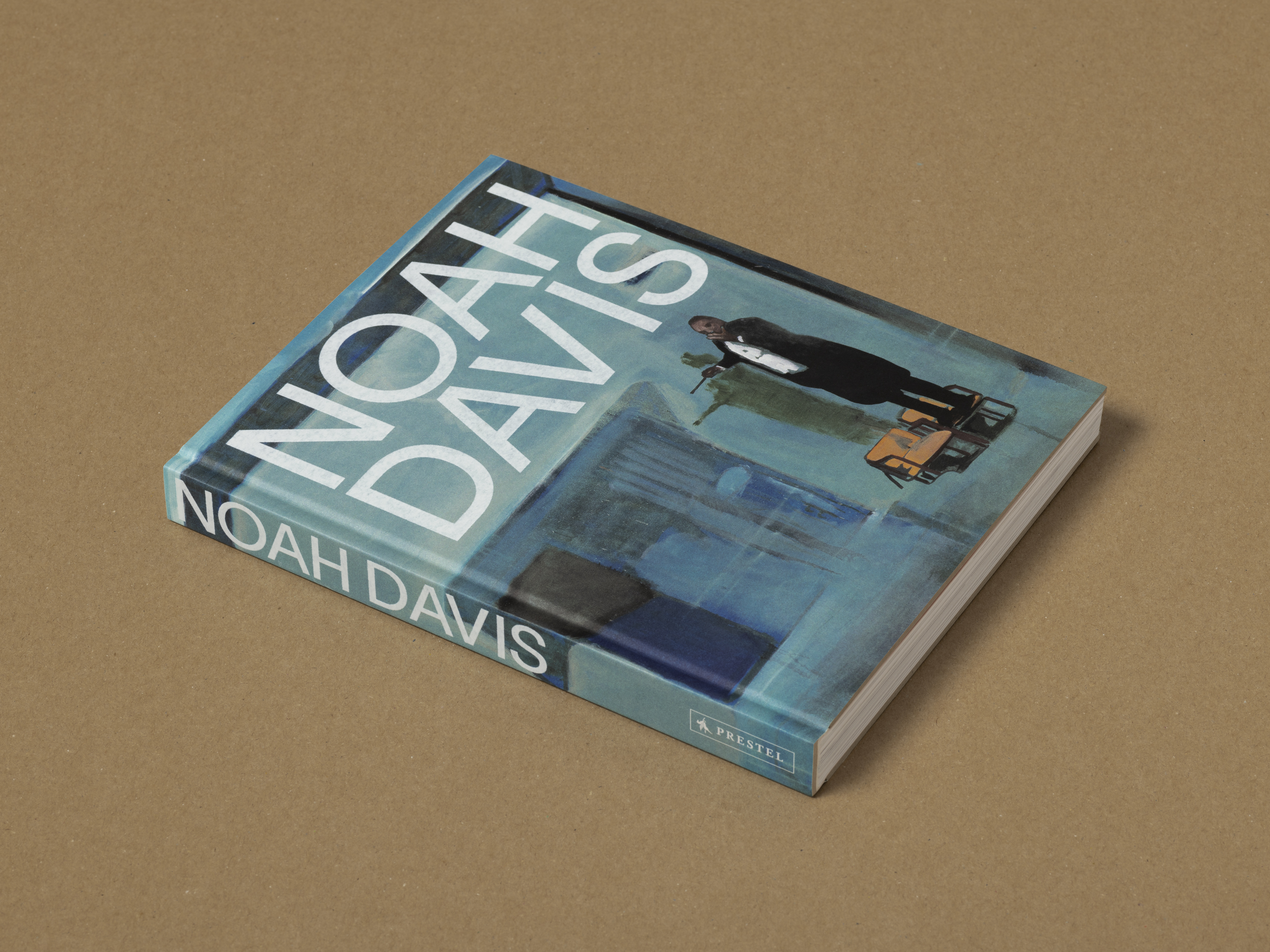
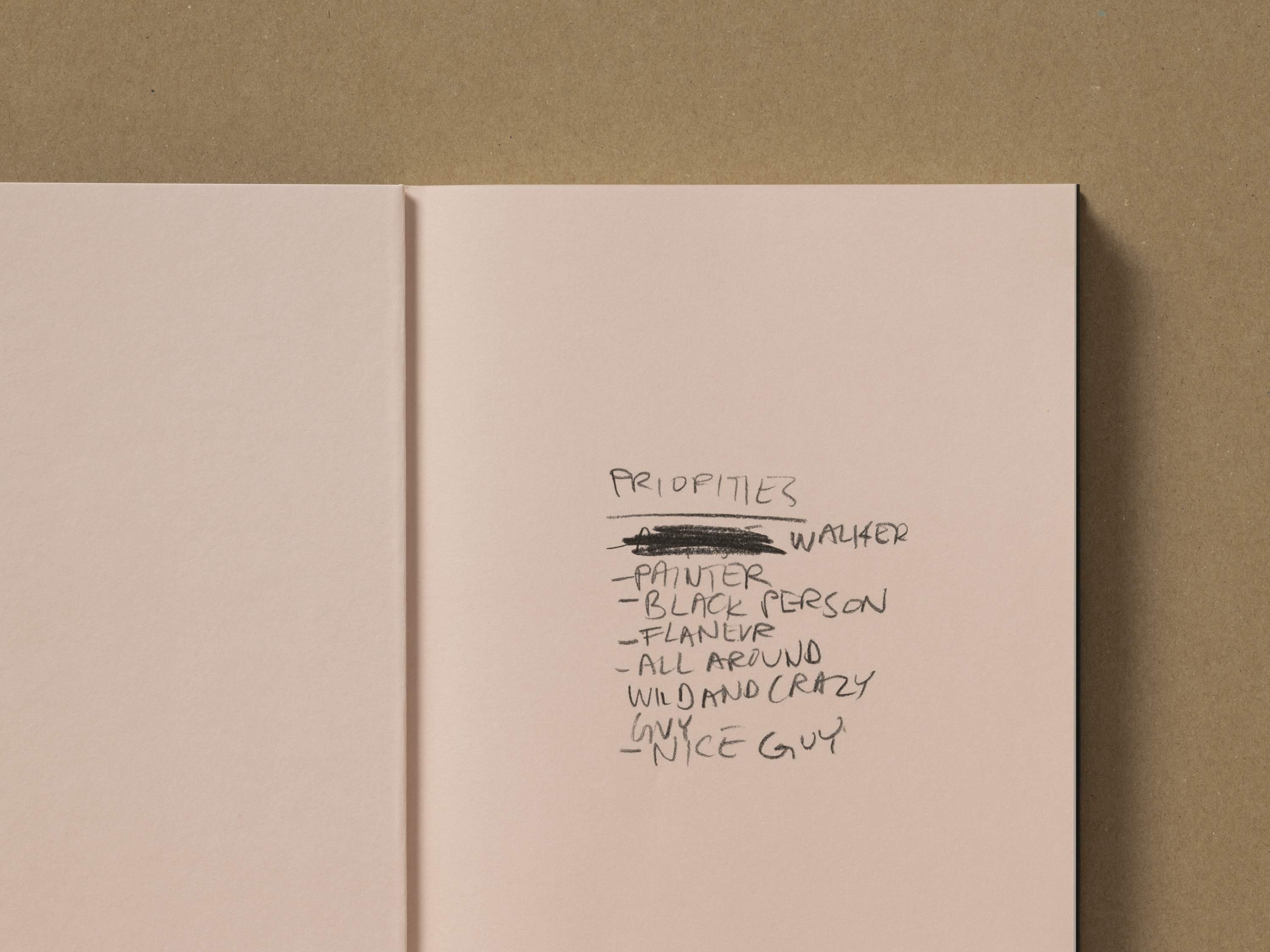
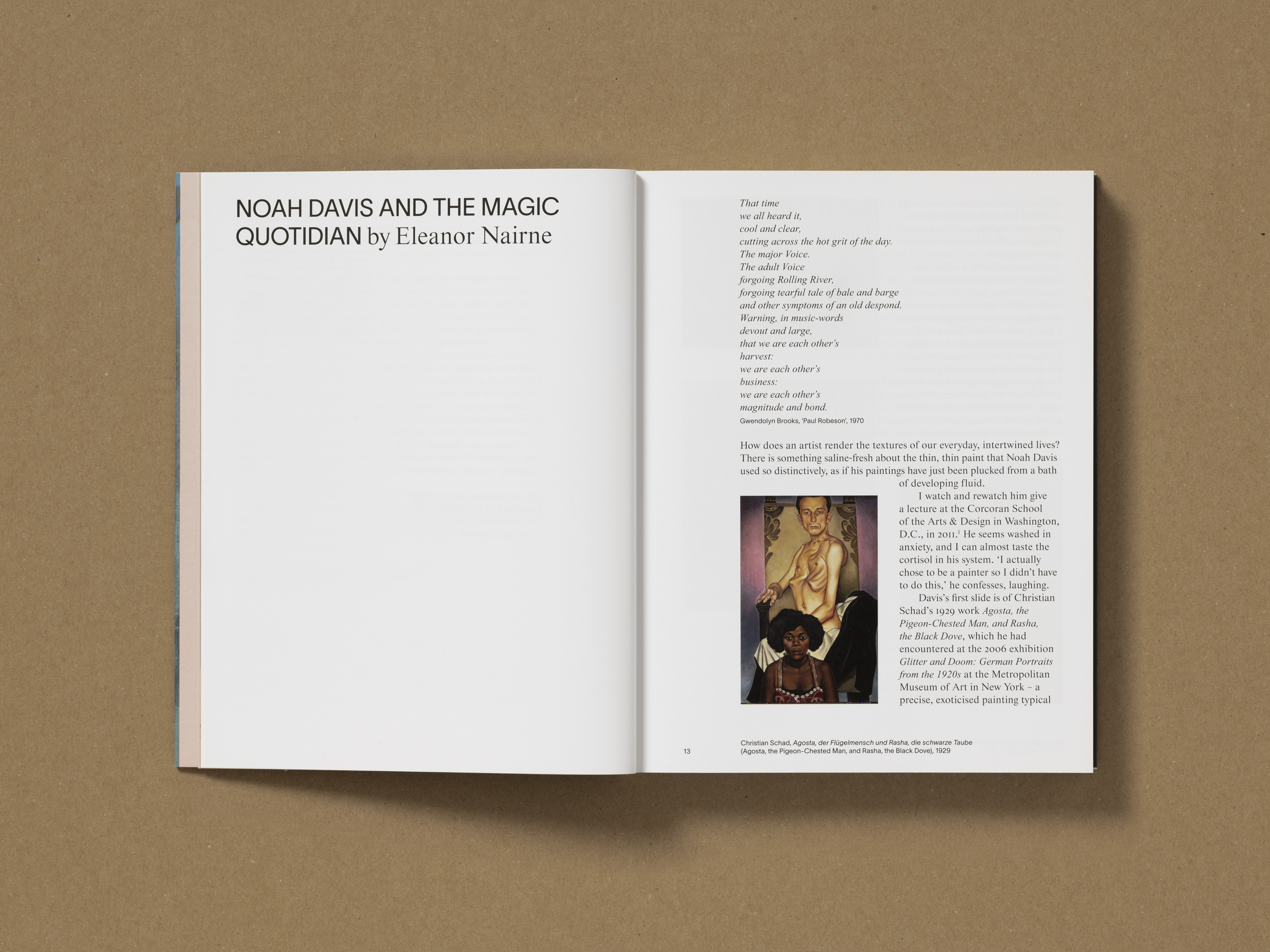
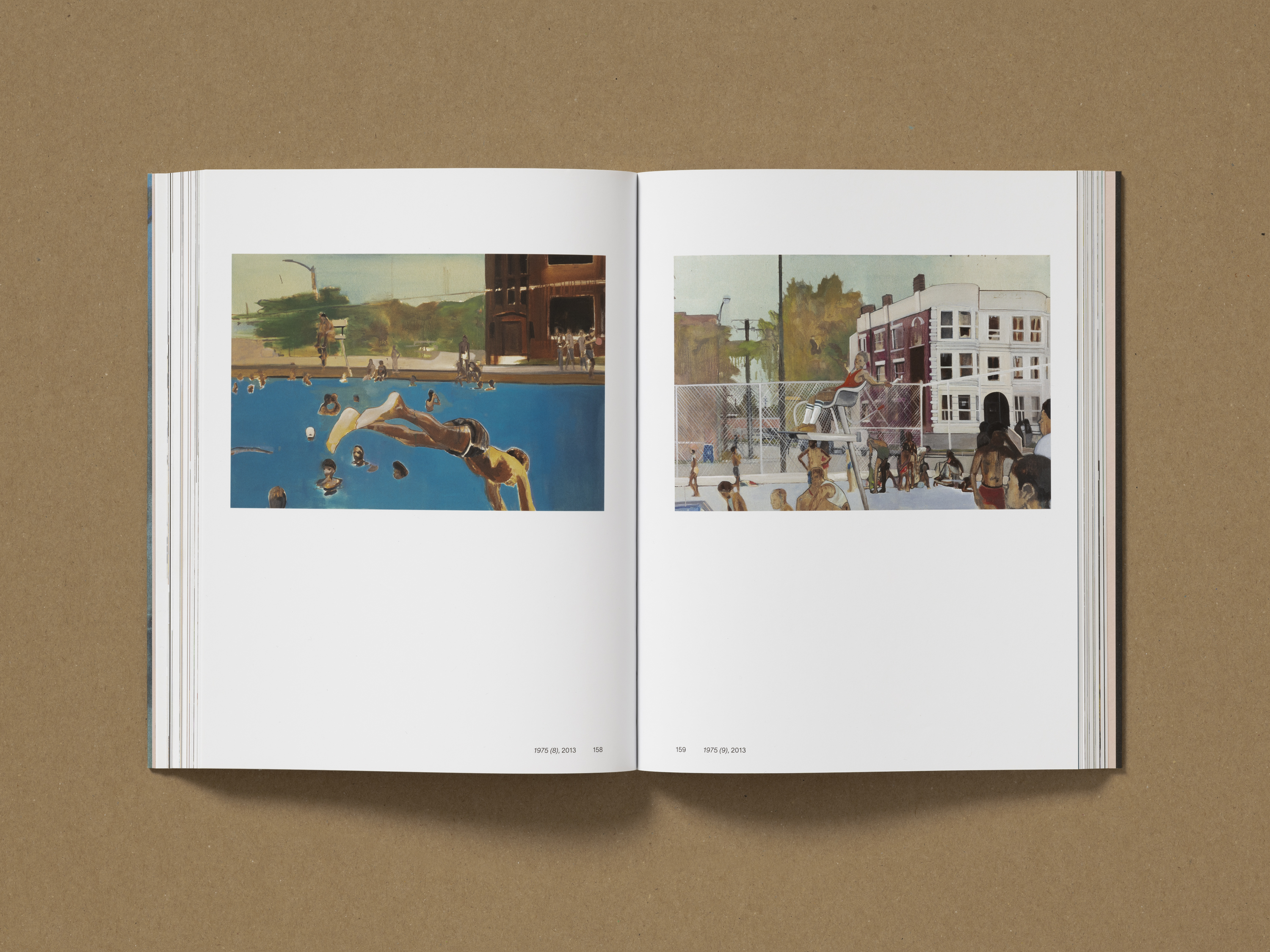
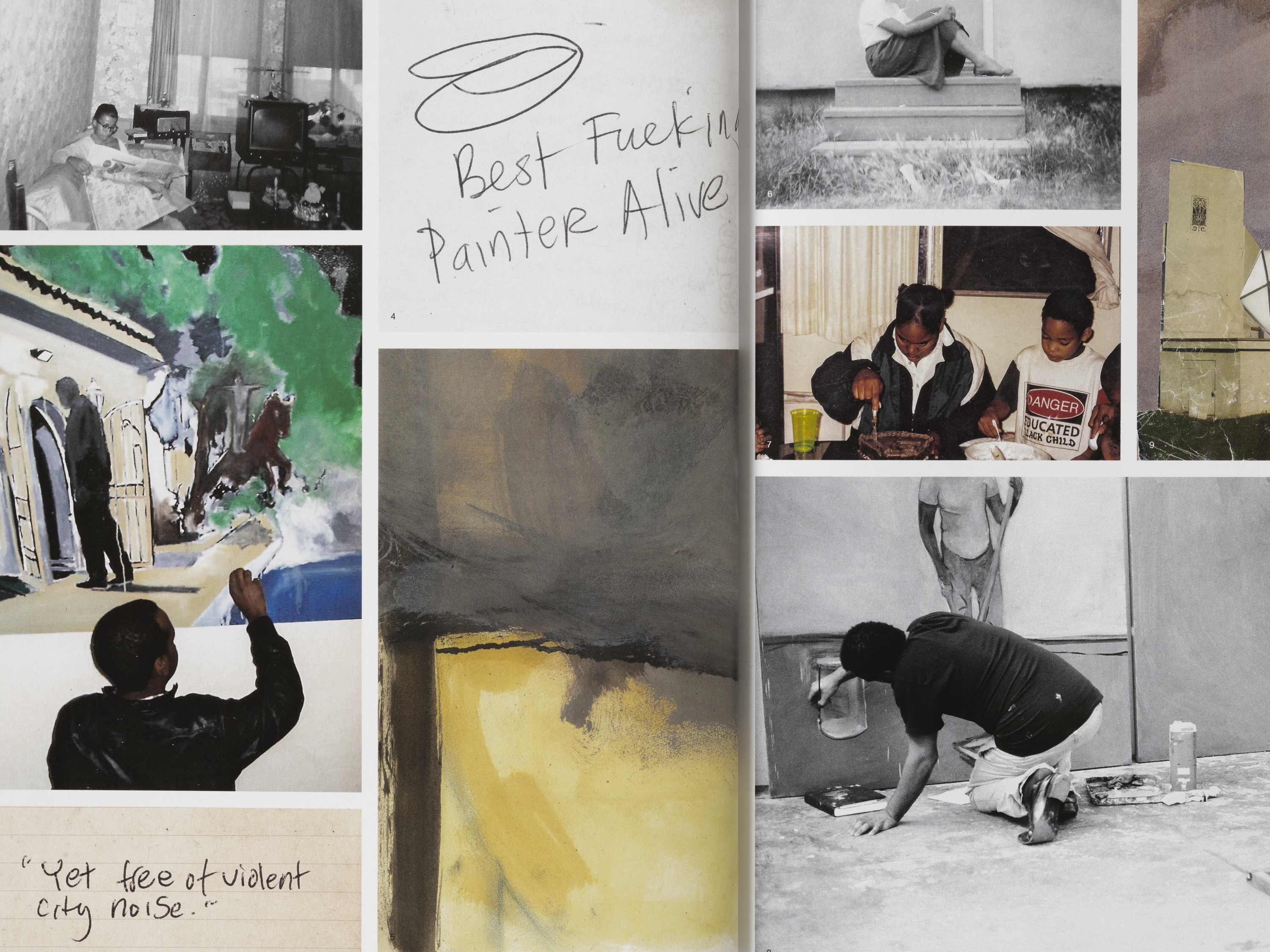
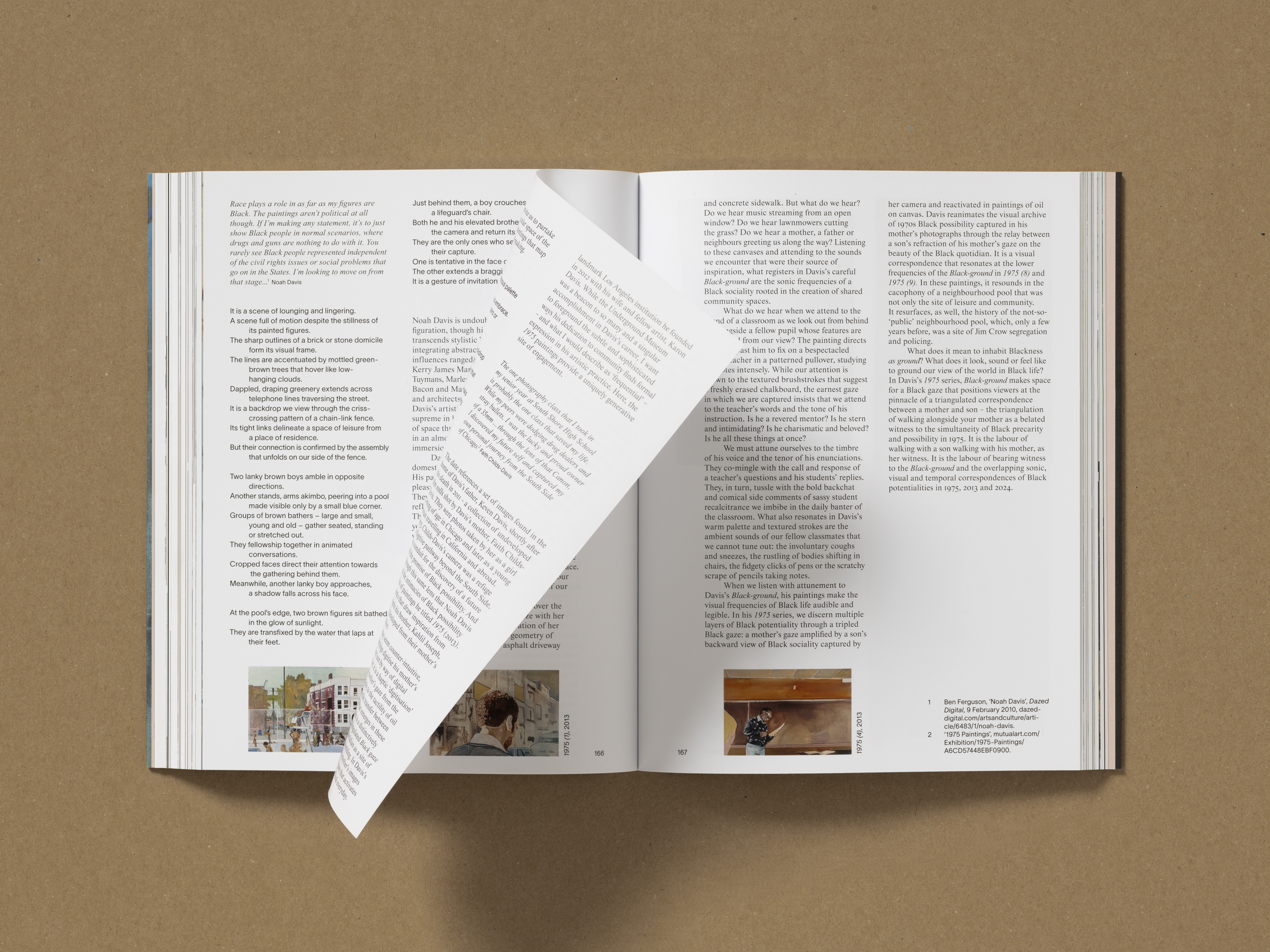
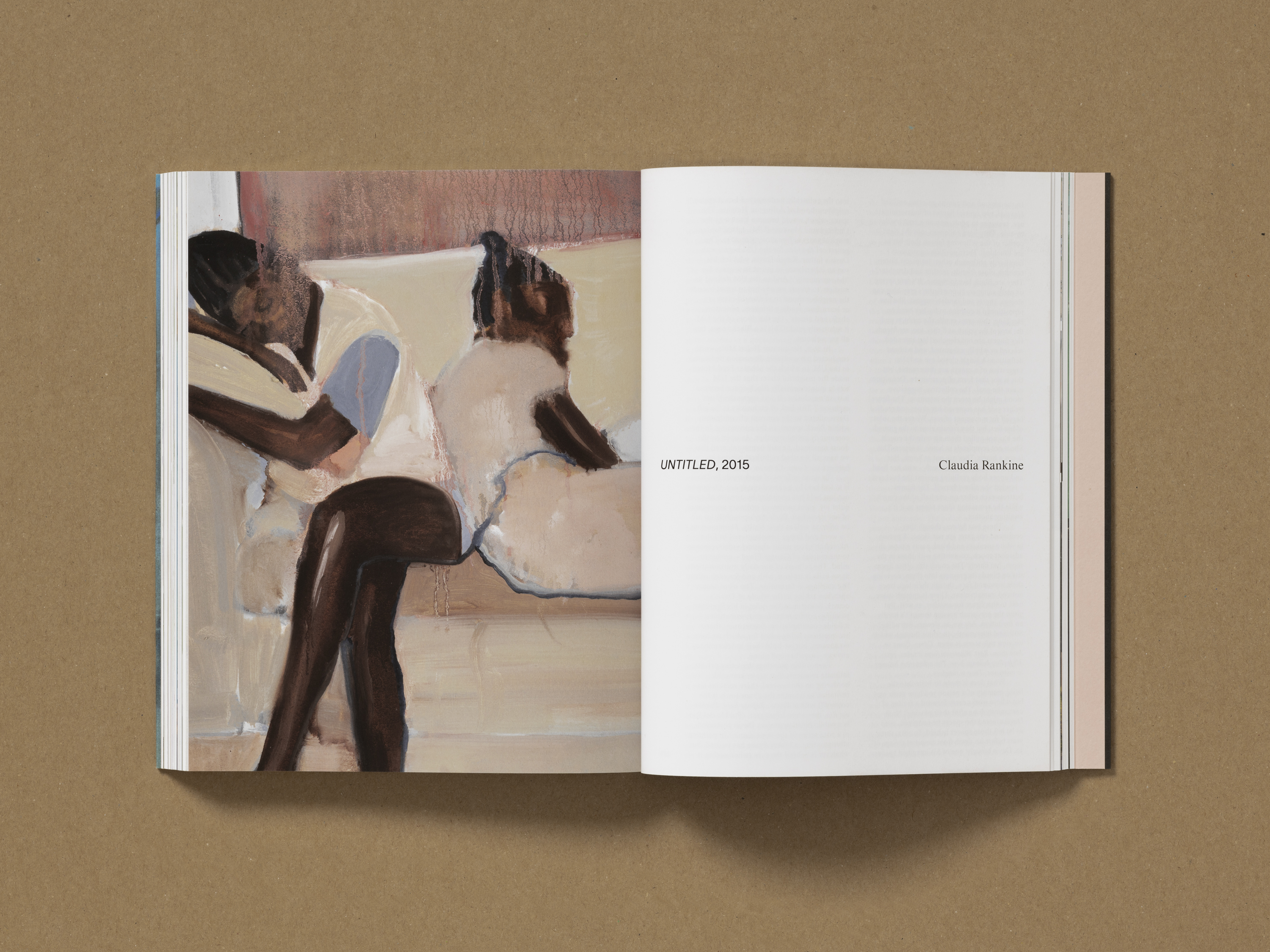
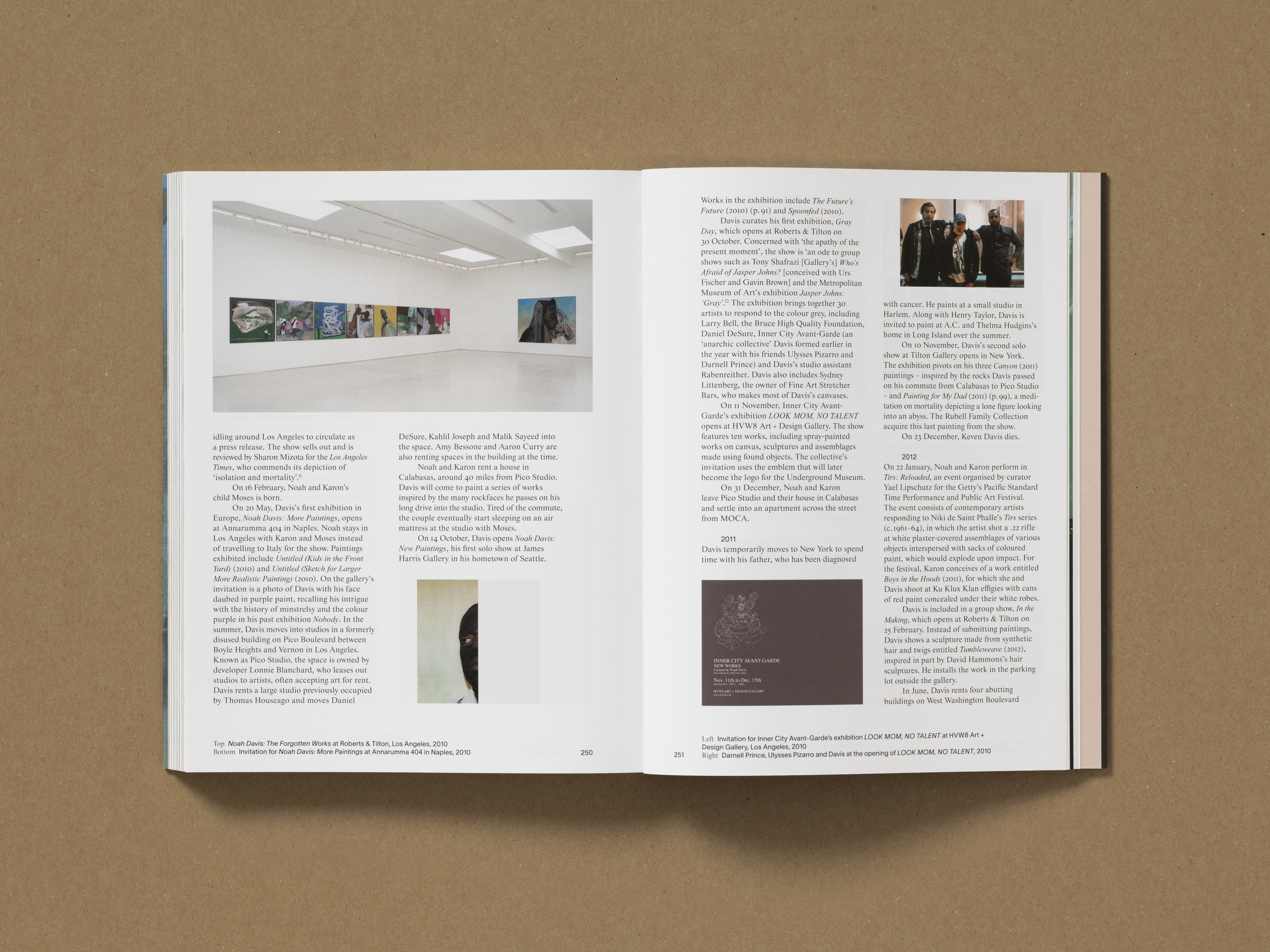
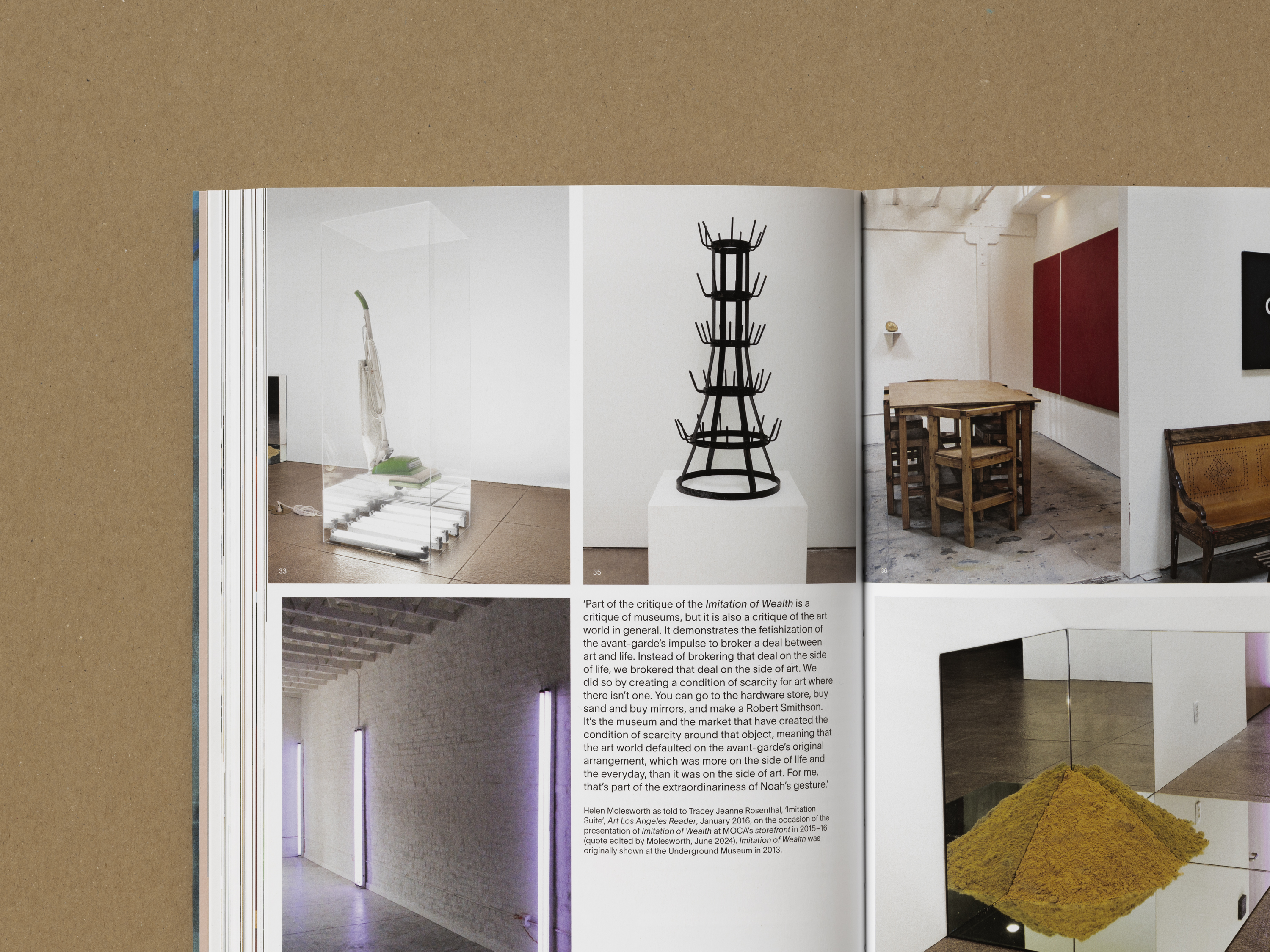
Noah Davis’s figurative paintings portray a rich cast of primarily Black figures, immersed in scenes of quiet, everyday life. This book, published alongside the first institutional survey of Davis’s work, celebrates the artist’s engagement with the complex histories of representation and image-making.
The publication includes scrapbook-style sections of personal images, handwritten notes, sketches and collected ephemera, arranged in densely layered compositions. These contrast with the more structured layout of the plate sections – combining painting and works on paper with sculpture – reflecting Davis’s practice: deeply engaged with art history yet determined to challenge its limits and expand its perspectives. This interplay between reverence and disruption is echoed in the book’s typography, which juxtaposes a blocky, contemporary sans serif with a more traditional serif.
The exhibition travels to four institutions across 2024–26: Barbican Centre, London; Das Minsk, Potsdam; The Hammer Museum, Los Angeles; and Philadelphia Museum of Art.
Photography: Ed Park
